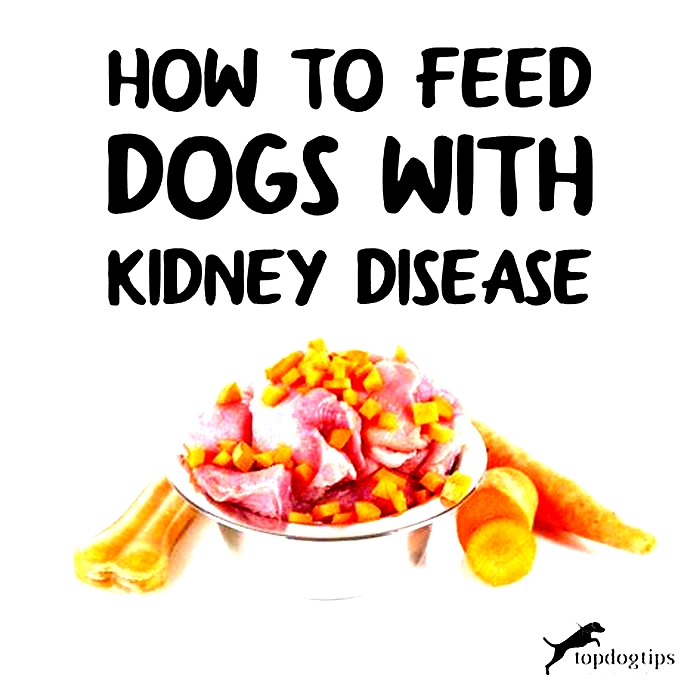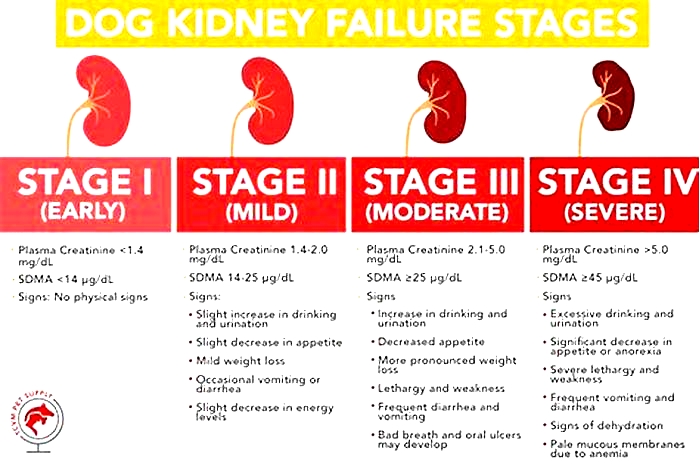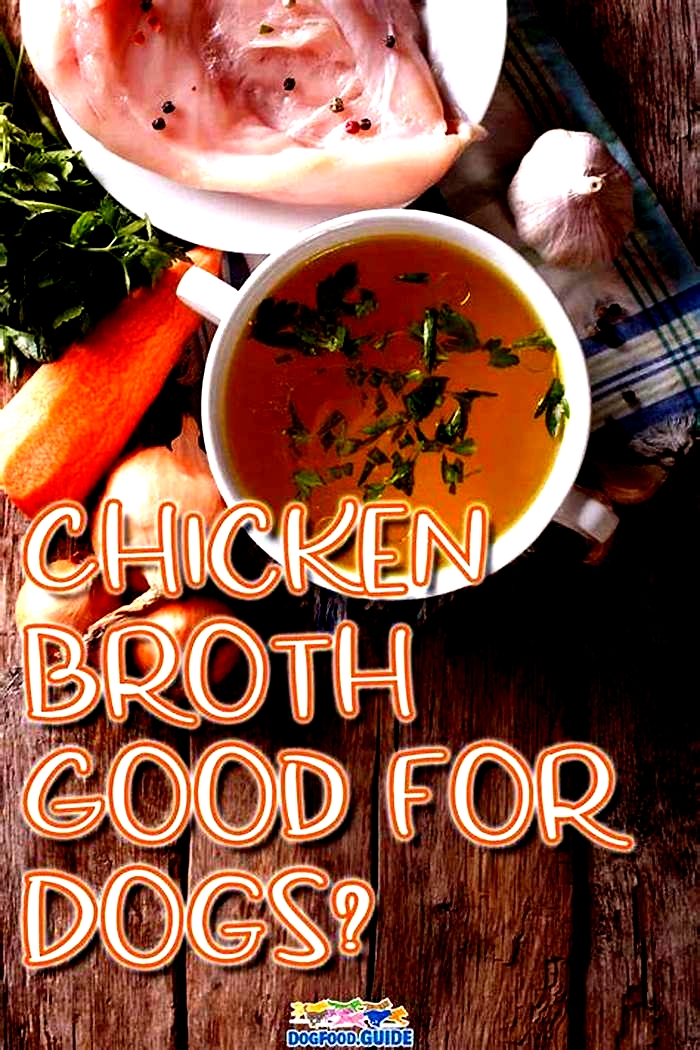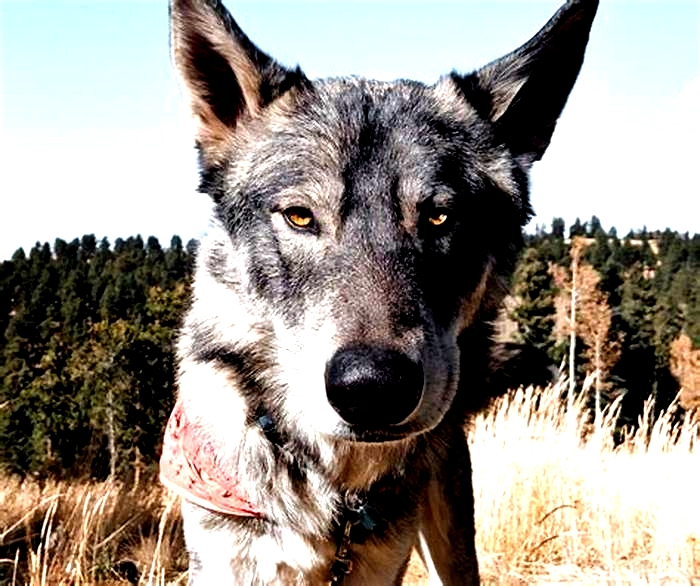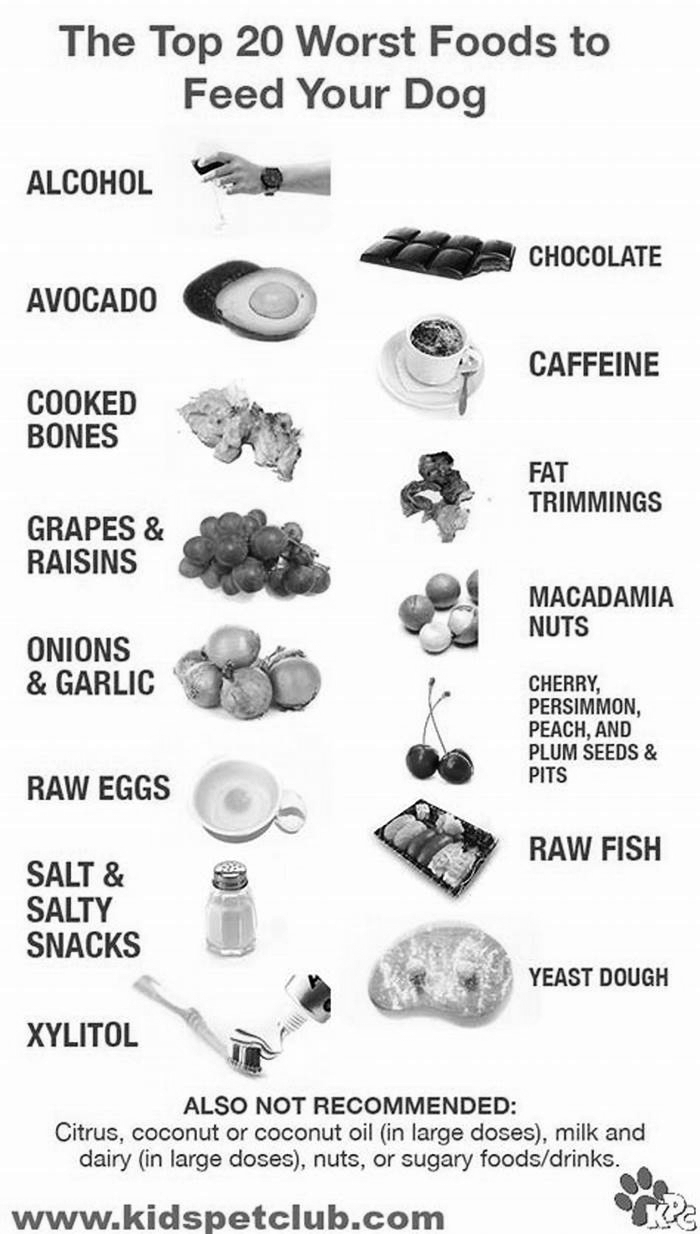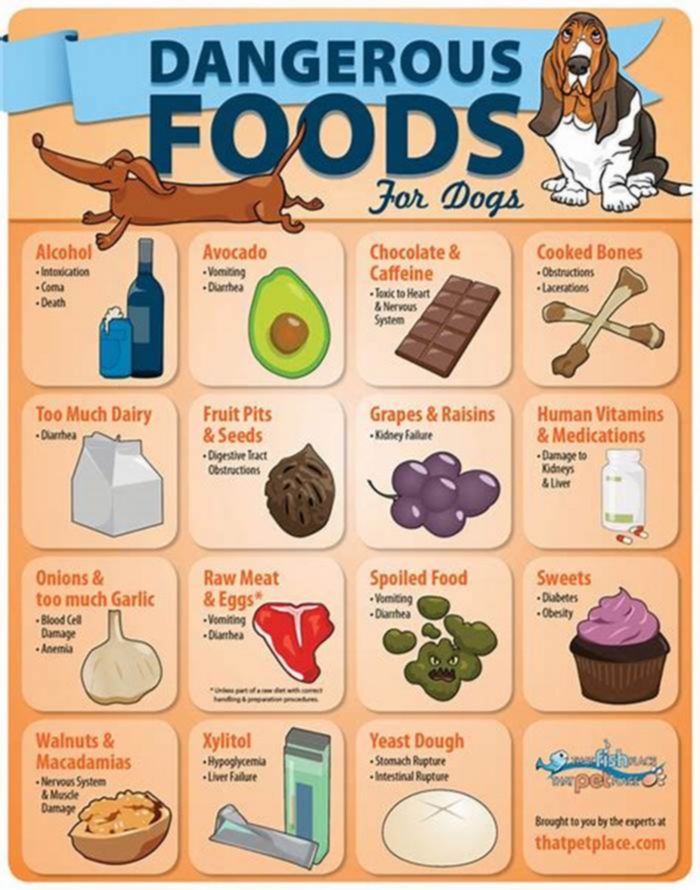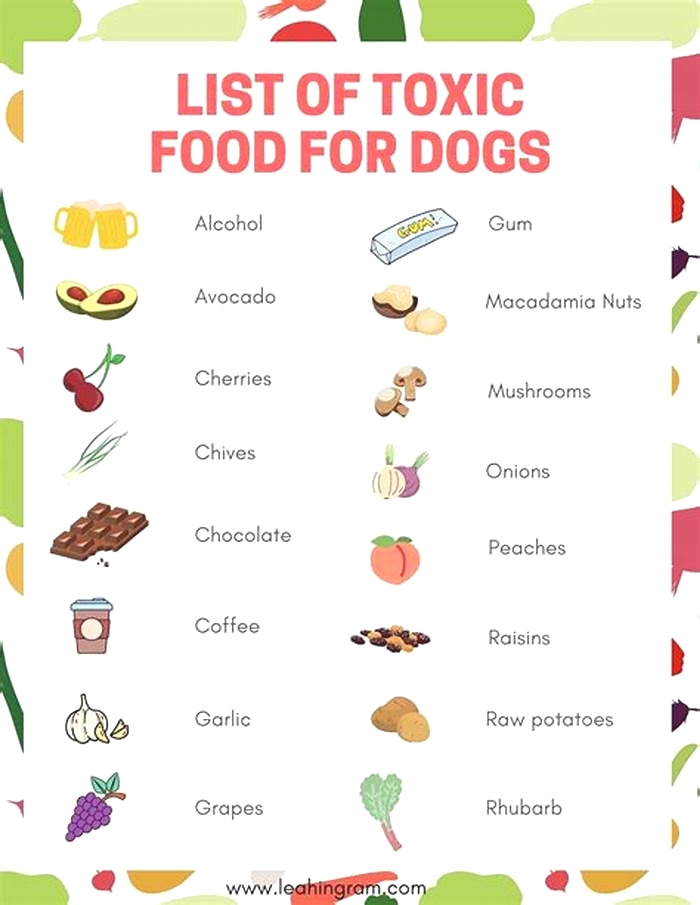What foods should dogs with kidney problems avoid

A Dog with Kidney Disease: What Foods to Avoid
Kidneys are in charge of waste removal from the blood which comes out as urine. Dogs kidney disease can either be acute or chronic. Acute kidney disease occurs all of a sudden whereas chronic develops over a long time and is common in aged dogs. Acute kidney disease can be reversed whereas chronic kidney disease cannot.
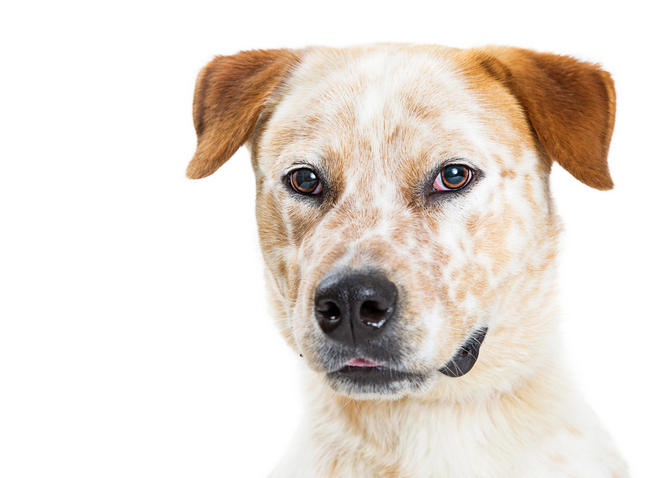
Studies have shown that when dogs with kidney disease are subjected to the right diet, they survive twice as long compared to those that are not. However, its important to note that each dog will require a different diet based on how severe its kidney condition is. With the right food, you not only get to manage your dogs kidneys failure but their health in general. These are foods with less potassium, calcium, phosphorus, and sodium with increased high-quality proteins and fats.
Foods to avoid:
Chocolate
Chocolates have high levels of caffeine. When your dog eats chocolates, the caffeine stimulates their blood flow which increases their blood pressure leading to a strain on their kidneys. Also, 100 grams of chocolate contains 15% of potassium and 44% calcium thus a high intake will lead to higher than recommended levels of both potassium and calcium in your dogs blood.
Advertisement
Legumes
Foods such as beans and lentils have high levels of potassium. Since your dogs kidneys are damaged, a high intake of potassium will cause the mineral to build up in your dogs blood that eventually leads to heart damage. Other low potassium alternatives that you can consider are cabbage and boiled cauliflower.
Egg Yolk
Egg yolk contains high levels of phosphorus which your dogs kidneys will not be able to filter from the blood once taken in large amounts. A high concentration of phosphorus in the blood will lead to weak bones since phosphorus pulls calcium from the bones.
Ham
Ham contains high levels of sodium. As you may know, high levels of sodium lead to high blood pressure which causes further damage to your dogs kidneys.
Bacon
When your dog has kidney disease, their chances of getting pancreatitis is also increased. A high intake of fatty foods such as bacon may be fatal in the long run. This, however, does not mean that you do not give your dog foods with fats, you should because they are important, but you need to reduce the intake.
Dairy products
Milk contains calcium, potassium, phosphorus among other nutrients. Kidneys are responsible for stabilizing the levels of minerals in the blood, and since their effectiveness has been impaired, increased intake of milk may lead to the weakening of your dogs bones.
Advertisement
On the other hand, dairy products are rich in calcium and protein. An increase in protein wastes in the body overworks the kidneys.
Fish
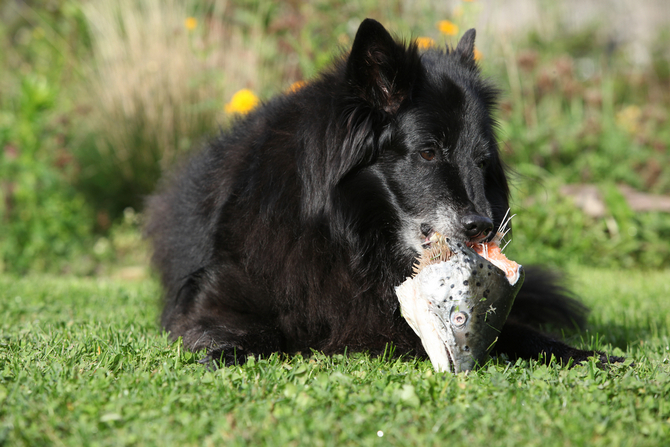 Fish is high in phosphorus which will be fatal to your dog given their damaged liver. The same applies to chicken and turkey. You should consider foods with low levels of phosphorus such as minced beef, pork, and lamb.
Fish is high in phosphorus which will be fatal to your dog given their damaged liver. The same applies to chicken and turkey. You should consider foods with low levels of phosphorus such as minced beef, pork, and lamb.
Avocado
Avocados contain high levels of potassium. You need to keep your dog from ingesting avocados to maintain the potassium levels in their blood.
Alcohol
Alcohol poisoning is fatal, and it leads to further damage to your dogs kidney over time. Alcohol can be present in some kinds of toothpaste and other dental products for pets.
Oranges
Oranges and orange juice contain high levels of potassium. As you are now aware, a high concentration of potassium in your dogs blood leads to serious heart problems. Citrus is also harmful to kidneys and will further damage your dogs kidneys.
Advertisement
Grapes and raisins
Consumption of grapes by dogs is known to cause acute kidney failure. Although what causes the reaction is not yet known, grapes have been reported to be toxic to dogs. In a study ran from April 2003 to April 2004, in a sample of 140 dogs, 50 were reported to show symptoms of kidney failure while 7 died.
Although not all dogs react the same way after the ingestion of grapes and raisins, your dog already suffers from kidney failure and exposing them to further damage can be fatal. Whether seeded or non-seeded, homegrown or bought from the store, keep your dog off these fruits.
Also, 100 grams of raisins contains 21% of potassium which is relatively high. Potassium is usually eliminated from the blood by the kidneys. Since your dogs kidneys are now impaired, a higher than normal concentration of potassium leads to increased acidity in the blood affecting the hearts function.
Nutmeg
Just like raisins and grapes, the toxic substance in nutmeg remains unknown, but it has been confirmed to be fatal to your dog.
Walnuts
Ingestion of wood, husks, nuts, and shells of walnuts is toxic to dogs. The toxin causes damage to your dogs kidneys which is fatal if they are already suffering from renal disease.
Wild mushrooms
Your dog may be attracted to wild mushrooms because they smell like fish. Some mushrooms may not be hazardous to your dog, but it will be good to keep an eye on what your dog ingests to be sure. The first two days after your dog consumes mushrooms may seem okay, but eventually leads to the destruction of kidney cells which is fatal to already damaged kidneys.
Cod liver oil
Cod liver oil is inflammatory and not recommended if your dog suffers from kidney disease. You can opt for safer options such as fish oil and coconut oil.
Xylitol
Xylitol is often used as a substitute of sugar and it is hazardous to dogs even when taken in small amounts. It causes low blood pressure which limits the blood flow to your dogs kidneys causing further damage.
Table salt
Salt is prohibited in a dogs diet whether they have renal failure or not. Salt and foods that are high in sodium lead to high blood pressure in your dog and further damages their liver.
Conclusion
Remember, the stage of your dogs kidney disease determines the type of food you should or should not give them. It is crucial for you to visit a veterinary to get guidance on the recommended levels of minerals and types of foods that your dog should consume. We hope that our list of foods that you should avoid for dogs with kidney disease has helped you understand what you need to give your dog to prolong their life. Note that feeding your dog will be hectic since they have lost their appetite and you will have to switch to the renal failure diet gradually.
What To Feed a Dog With Kidney Disease
Nutrition plays a big role in the management of dogs with kidney disease. Because dogs with kidney disease usually arent feeling well, the first step is often to merely get your dog to eat anything.
Kidney disease can make dogs nauseated, and they can also develop ulcers in their mouth or stomach, which makes eating painful. A feeding tube may be necessary to get dogs with severe kidney disease the nutrition they need.
Once your dogs condition is more stable, you can turn your attention to providing more optimized nutrition. Kidney diets for dogs have to tick a lot of boxes. Heres a guide that explains nutritional needs and what to feed a dog with kidney disease.
What To Look For in a Kidney Diet for Dogs
Kidney diets for dogs are significantly different from regular dog foods. However, no single kidney diet is going to be best for every dog throughout the rest of their life.
For example, a dog in the early stages of kidney disease could thrive on a kidney diet with more protein, but as their disease progresses, a diet lower in protein and phosphorus might better control their symptoms.
As a rule of thumb, good kidney diets for dogs tend to have anutrient profilethat looks like this:
Nutrient | Grams/1000 kcal |
Protein | 31-41 |
Phosphorus | 0.5-0.8 |
Sodium | 0.4-1.2 |
EPA and DHA | 0.4-1.2 |
Unfortunately, it can be hard tofind this information on dog food labelsor on pet food manufacturers websites. If you are having trouble getting the numbers, your veterinarian can help you pick a good kidney diet based on your dogs needs.
Here are several important elements to look for in kidney diets for dogs:
Taste
The most important characteristic of a kidney diet for dogs can be the hardest to achieve: It has to be delicious! Thats because the metabolic and physical changes associated with kidney disease can lessen a dogs appetite.
To counteract this effect, kidney diets need to smell and taste great. After all, a kidney diet that isnt eaten isnt going to do a dog any good. Kidney diets should also be calorie- and nutrient-dense, so dogs can eat less and still get a lot of nutrition.
Hydration and Water Content
Kidney diets should also contain a lot of water. Dogs with kidney disease struggle to maintain their hydration. All dogs always need to have access to bowls of fresh clean water, but a diet that has high water content is a great way to boost a pets water intake when they have kidney disease.
Wet foods are almost always a better option for dogs with kidney disease than dry foods. If you are feeding your dog kibble, ask your veterinarian about adding water to the dry food or other ways you can supplement their water intake.
It's also important to keep an eye on the sodium levels in kidney diets for dogs. Too much sodium increases the chances that your dog will becomedehydrated.
The Right Amount of the Right Protein
Next comes the balancing act that is protein. Dogs with kidney disease need protein, but not too much. The breakdown products of protein digestion are responsible, in large part, for making dogs with kidney disease feel yucky.
The goal is to feed just enough protein to meet a dogs needs for muscle maintenance, immune function, and the other vital jobs proteins have in the bodybut not to feed too much more. Extra protein will only be turned into calories that can be more safely provided by carbohydrates and fats.
Protein quality is also important. Proteins should be highly digestible and supply all the essential amino acids dogs need.
Low Phosphorus Levels
Theres a close relationship between protein intake and blood phosphorus levels. Dogs with kidney disease gradually lose the ability to excrete phosphorus in their urine, so it backs up in the bloodstream. Reducing phosphorus intake has been shown to slow the progression of kidney disease in dogs and increase their lifespan.
An important way to reduce phosphorus levels in the diets of dogs with kidney disease is to not overfeed protein and to ensure thatproteins relatively low in phosphorusare included in the diet. Plant-based sources of protein tend to be lower in phosphorus than animal-based sources of protein.
Supplements
Nutritional supplements can also help dogs with kidney disease. Supplements often included in kidney diets for dogs include:
Omega-3fatty acids:eicosapentaenoicacid (EPA) and docosahexaenoic acid (DHA), which can reduce inflammation in the bodyincluding in the kidneysand possibly improve kidney function
Antioxidants,which neutralize free radicals that can further damage the kidneys
Fermentable fiber,which helps get rid of protein digestion waste products in poop. This allows dogs to eat more protein than they might be able to otherwise.
Prescription Kidney Diets vs. Homemade Kidney Diets for Dogs
What abouthomemade kidney diets for dogs? Astudypublished in 2012 showed how hard it is to find nutritionally complete and balanced kidney diet recipes in books and online. Of the 39 recipes evaluated, none met all the National Research Councils recommended nutrient allowances for adult dogs.
In contrast, prescription kidney diets produced by reputable dog food manufacturers undergo testing to ensure they are safe for long-term feeding and have a positive effect on a dogs health.
How To Cook for Dogs With Kidney Disease
One big benefit of homemade kidney diets, however, is taste. If your dog simply wont eat anything else, a homemade kidney diet is worth considering. To avoid nutrient deficiencies or excesses, make sure a veterinary nutritionist or a service likeBalanceIT, which requires veterinarian approval, is involved in formulating recipes for your dog.
Common Prescription Kidney Diets for Dogs
After a dog has been diagnosed with kidney disease and their condition is stabilized, veterinarians typically recommend switching over to a prescription kidney diet. Your veterinarian may have recommended a particular food based on the details of your dogs case. Here are three popular options:
Hill's Prescription Diet k/d Kidney Careis available in wet and dry formulations and different flavors:
How To Transition Your Dog to a Kidney Diet
special attention to how you make the transition. Do notchange your dogs foodwhile they are still nauseated or feeling bad. They may associate their symptoms with their new food and refuse to eat it.
Once your dog has a good appetite, start making the switch very slowly. Give them lots of time to get used to the new flavors, textures, and ingredients. This reduces the chance of food refusal and lets your dogs digestive system adapt.
Here is a timetable for taking two weeks to switch your dog to a new diet:
Days 1 and 2:Mix 5% of the new food in with 95% of the old food
Days 3 and 4:Mix 10% of the new food in with 90% of the old food
Days 5 and 6:Mix 20% of the new food in with 80% of the old food
Days 7 and 8:Mix 40% of the new food in with 60% of the old food
Days 9 and 10:Mix 60% of the new food in with 40% of the old food
Days 11 and 12:Mix 80% of the new food in with 20% of the old food
Days 13 and 14:Mix 90% of the new food in with 10% of the old food
Day 15:Try 100% of the new food
If at any point your dog turns their nose up at their food or develops signs of digestive upset, move back a step in the timetable and proceed more slowly.
Signs to Watch for After Starting Your Dog on a Kidney Diet
Dont give up if you initially have trouble switching your dog to a kidney diet. Call your veterinarian if your dog wont eat the recommended food. They can help by:
Recommending an appropriate food topper to make the food more appealing. Avoid products that are high in phosphorus and salt.
Prescribing medications to reduce nausea, stomach inflammation, ulcers, or other symptoms that may be reducing your dogs appetite
Recommending a different prescription kidney diet or, if necessary, a suitable over-the-counter food
Referring you to a veterinary nutritionist to get recipes for homemade kidney diets
Talking to you about the benefits of a feeding tube
Many dogs with kidney disease live happily for quite a long time, particularly if they get the right kind of nutrition. Onestudyshowed that on average, dogs who were fed a kidney diet lived 13 months longer than those who ate regular dog food. Thats certainly a goal worth striving for!
Featured image: iStock.com/RichLegg
WRITTEN BY
Jennifer Coates, DVMVeterinarian
Dr. Jennifer Coates is an accomplished veterinarian, writer, editor, and consultant with years of experience in the fields of veterinary...

